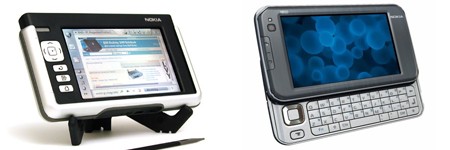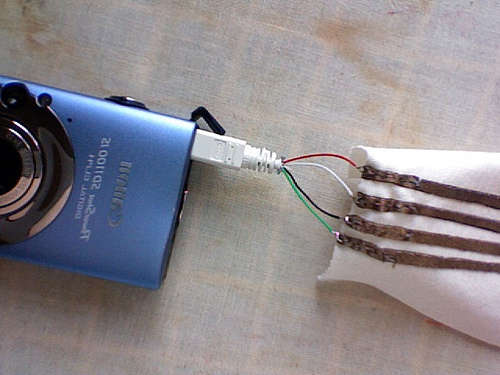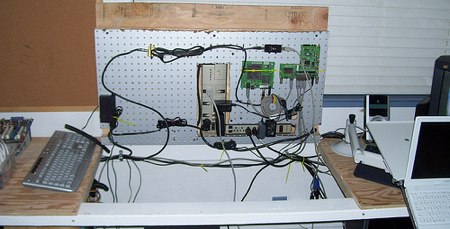
Time to look way back into the Hackaday archives, well back to 2005 at least. This is a new feature to follow up and revisit some of our favorite projects of the past. Our first installment includes the week of May 24-31 2005.
Pictured above we see one of the amazing cable braiding machines from UK based Cobra Machinery. This link was found on a post about creating your own high end speaker wires from cat5 cable. At the time we hoped to find a DIY braiding machine. No such luck today but we did come across and interesting site in the process. diyAudoProjects has a ton of great how to guides for all things audio. They even have a few walkthroughs for creating your own speaker wires.

We looked at the robotic dexterous hand from The Shadow Robot Company. Browsing through their high rez image gallery its pretty clear to see the product has been progressing nicely: 24 degrees of freedom complete with force feedback and a GPL based software package.

Three years ago we covered the Nokia 770 internet appliance and it’s upcoming SDK. The device has now been replaced by the Nokia N810 (pictured on the right). However, open source support from Nokia has continued to develop. We found a blog from software developer Ari Jaaksi where he talks about Nokia’s involvement in the community. Recently he discussed the latest news from MAEMO, the platform used for open source development of Nokia internet tablets and other Linux-based devices.
















